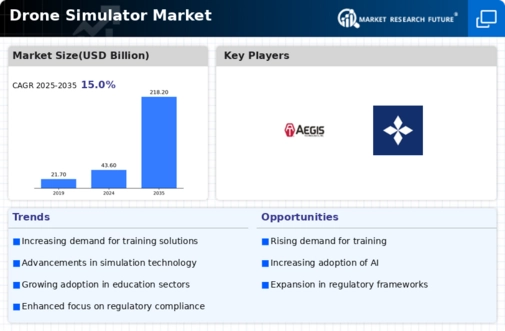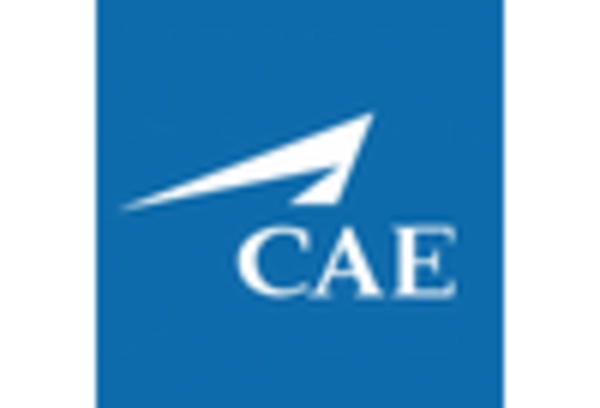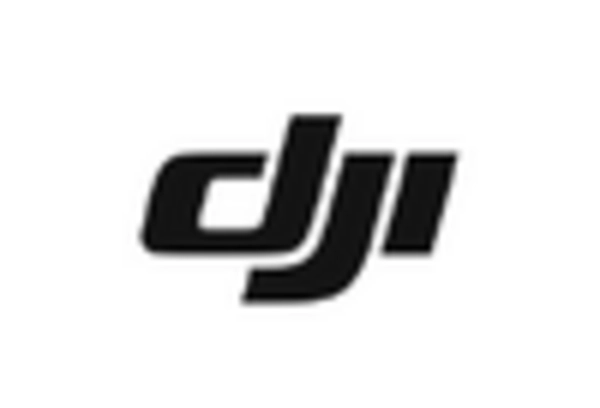Market Analysis
In-depth Analysis of Drone Simulator Market Industry Landscape
The Drone Simulator Market is a dynamic segment within the broader realm of unmanned aerial systems, driven by the increasing demand for realistic training solutions and the continuous evolution of drone technology. One of the key drivers shaping the market dynamics is the surge in drone usage across various industries. As drones find applications in fields such as agriculture, surveying, cinematography, and defense, the need for effective training solutions becomes critical. Drone simulators provide a cost-efficient and safe environment for operators to hone their skills, contributing to the growing adoption of simulation technology in the drone industry.
Technological advancements in both drone hardware and simulator software play a crucial role in shaping the dynamics of the Drone Simulator Market. Simulators are designed to replicate the behavior and flight characteristics of specific drone models, providing operators with a realistic training experience. As drone manufacturers introduce new features and capabilities, simulator developers must update their software to ensure accuracy and relevance. This interplay between hardware innovation and software simulation drives competition among simulator providers to deliver cutting-edge training solutions.
The regulatory environment significantly influences the market dynamics of drone simulators. As aviation authorities worldwide implement regulations for drone operations, training requirements become a key consideration. Drone simulators help operators comply with training mandates and acquire the necessary skills to operate drones safely and efficiently. Changes in regulatory standards or the introduction of new licensing requirements can impact the demand for simulators, prompting updates and adaptations to meet evolving training needs.
The diversification of drone applications and the emergence of specialized industries contribute to the market dynamics of drone simulators. Different sectors, such as public safety, infrastructure inspection, and delivery services, have unique operational requirements for drone operators. Simulator providers tailor their products to cater to these specific needs, offering industry-specific scenarios and challenges for training. This customization aligns with the evolving landscape of drone applications, enhancing the relevance of simulators across various sectors.
The cost-effectiveness of drone simulators influences their adoption in both professional and recreational settings. Training with real drones can be expensive due to potential damage, maintenance costs, and regulatory restrictions. Simulators offer a risk-free alternative, allowing operators to practice in a virtual environment without the associated expenses. This cost-efficient training solution is particularly attractive for drone hobbyists, enthusiasts, and organizations looking to train a large number of operators.
Competition among simulator providers shapes the dynamics of the Drone Simulator Market. As the demand for training solutions grows, companies vie to offer simulators with advanced features, realistic graphics, and immersive experiences. The competitive landscape fosters innovation in simulator technology, pushing developers to introduce new functionalities, scenarios, and training modules to stay ahead in the market.
The educational and training initiatives undertaken by drone industry associations and academic institutions contribute to the market dynamics of drone simulators. Recognizing the importance of standardized training, these entities collaborate with simulator developers to create comprehensive training programs. This collaboration enhances the credibility of simulators and reinforces their role in preparing operators for the challenges of real-world drone operations.


















Leave a Comment